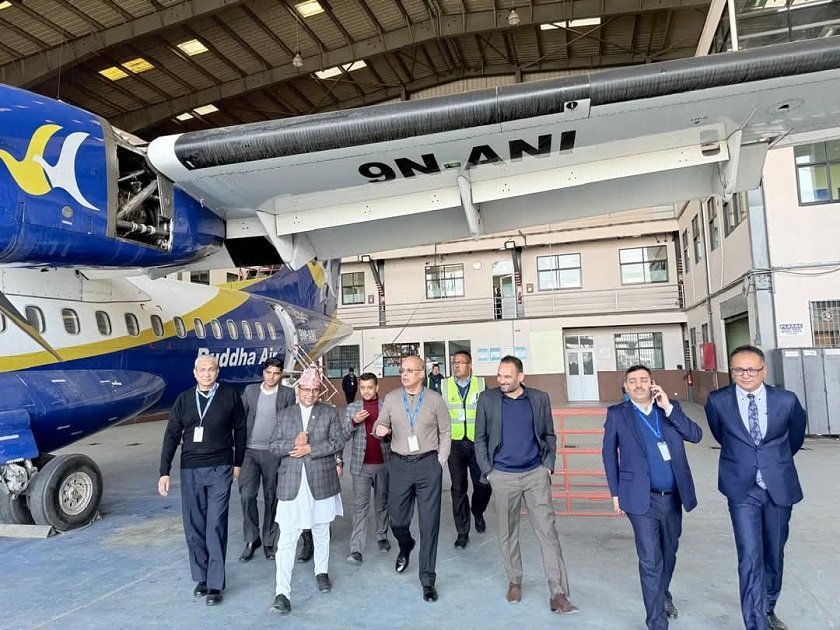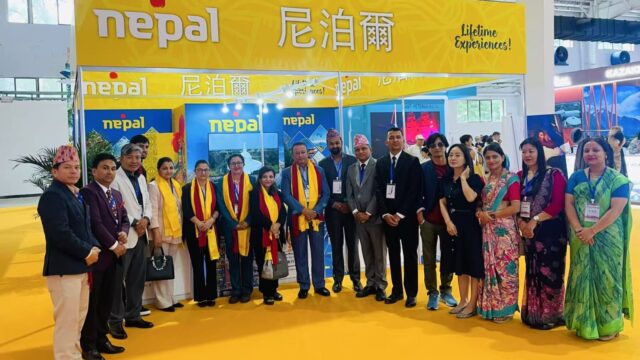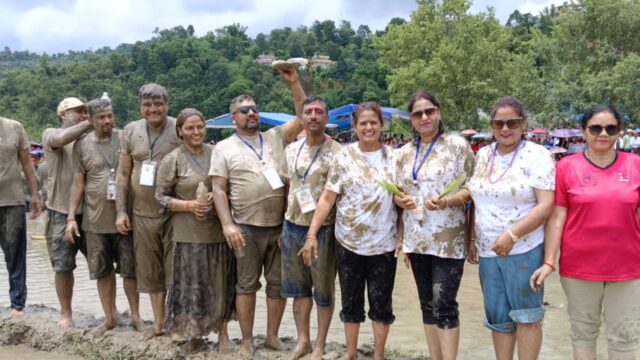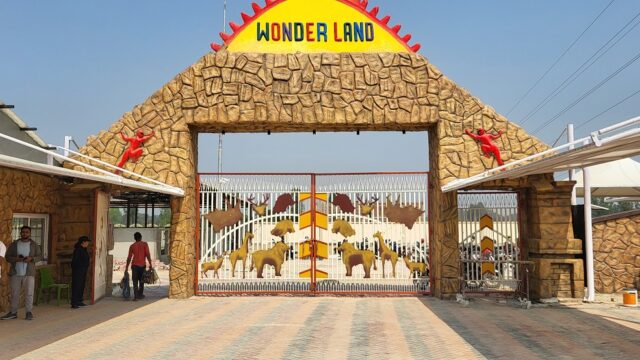Badri Prasad Pandey, the Minister of Culture, Tourism, and Civil Aviation, has been actively spearheading long-term strategic reforms to enhance Nepal’s tourism and aviation sectors. His tenure has focused on policy improvements, structural transformations, and the adoption of modern technology for efficient service delivery.
Key Achievements in Aviation
Under Minister Pandey’s leadership, commercial flights have commenced at Gautam Buddha and Pokhara International Airports, backed by strategic plans and tax incentives to attract airlines. Airlines like Al Jazeera Air, Fly Dubai, and Thai Air Asia have initiated operations at Gautam Buddha International Airport despite previous challenges like low visibility.
Nepal has also introduced the satellite-based Required Navigation Performance–Authorization Required (RNP-AR) system as an alternative to the Instrument Landing System (ILS). This modern technology enhances safe landings in challenging terrain and adverse weather conditions, marking a significant milestone in aviation.
Additionally, a high-level committee has been formed to explore further improvements in Nepal’s civil aviation sector, including a dual-entity structure for the Civil Aviation Authority to address regulatory conflicts and align with international safety standards.
Tourism Advancements and Policy Initiatives
The Ministry has introduced several policy drafts, including the Tourism Policy 2081, currently under review by the Ministry of Finance. Other significant legislative efforts include amendments to the Casino Regulation 2070 and Mountaineering Regulation 2059, aimed at bolstering tourism regulations.
The government is also preparing to launch the “Tourism Decade” (2025–2035) with the goal of attracting 3.5 million annual tourists. In 2019, Nepal welcomed approximately 1.2 million foreign visitors, and in 2024, over 1.1 million tourists visited the country.
Infrastructure Development
The Ministry has intensified efforts to enhance tourism infrastructure, including the establishment of hill stations in four provinces and expanding tourist police units in regions like Khaptad and Rara. A trekking route from Khaptad to Badimalika is under development, extending eventually to Rara.
To streamline tourism services, the Ministry is adopting a one-stop digital registration system for businesses, simplifying operations and reducing bureaucratic hurdles.
Preservation of Cultural Heritage
Significant progress has been made in preserving Nepal’s cultural heritage. Efforts include the restoration of Tilaurakot for UNESCO World Heritage recognition and the reconstruction of the earthquake-damaged National Museum. Lumbini’s preservation and management have also been prioritized, with electric buses reintroduced to the World Heritage Site.
Strengthening Bilateral and Domestic Connectivity
Nepal has signed agreements with France and initiated discussions with Indonesia to enhance bilateral air services. Domestically, 10 airports now support night flights, including Rajbiraj Airport, and the expansion of a parallel taxiway at Tribhuvan International Airport is 45% complete.
Religious Tourism Boost
Efforts to map the Swaminarayan Enlightenment Circuit, connecting Kapilvastu, Rupandehi, Kaski, Baglung, and Muktinath, are underway. This initiative is expected to draw religious tourism from Swaminarayan followers worldwide, with a potential economic contribution of over $50 million.
Future Outlook
Minister Pandey emphasized the Ministry’s commitment to implementing reforms, aligning tourism development with national policies, and fostering collaboration among federal, provincial, and local governments. With an aim to make tourism and aviation robust and sustainable, the Ministry is charting a path to position Nepal as a prominent global destination.
These initiatives highlight Nepal’s determination to modernize its tourism and aviation sectors, ensuring long-term growth and global competitiveness.






